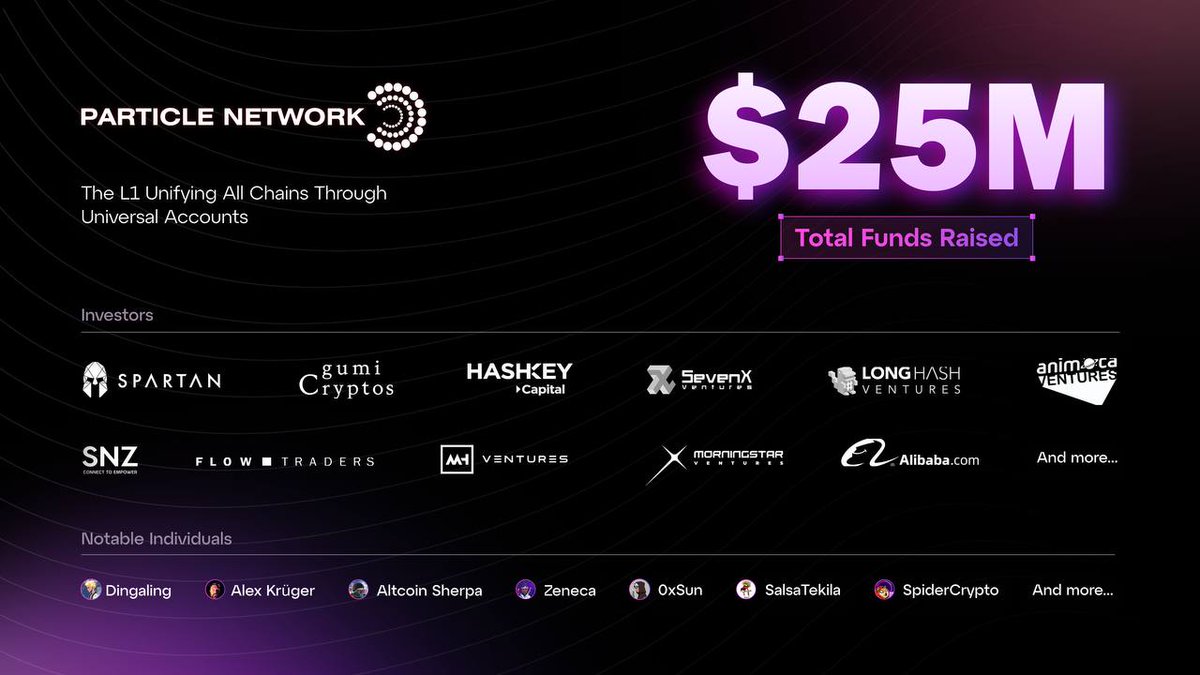
BTC Connect Roundup: 5th Edition
Ark Labs launch, Nubit secured 12m in funding and Alpha Testnet Phase 2, StarkNet on Bitcoin, and more
Subscribe to the Telegram channel at: https://t.me/btcconnectx
About the author
Particle Network (https://particle.network) is at the forefront of Web3 innovation with its Modular L1 powering Chain Abstraction. After successfully integrating Wallet Abstraction into 900 dApps, serving 17 million users, Particle Network is unifying the Web3 experience through its Cosmos SDK Layer-1. This empowers Universal Accounts, Universal Liquidity, and a Universal Gas Token across diverse ecosystems, such as BTC, SVM, IBC, and EVM.
Vamient Capital (https://vamient.xyz) is a quant fund specializing on trading on-chain with strategies deployed across multiple chains. As a market maker, Vamient specializes in making for order books, JIT liquidity for AMMs and can work with different hybrids in between, running liquidations and keeper bots for lending and collateralized protocols. Vamient looks to be a strong partner with new ecosystems to leverage on our niche in HFT and will be interested in contributing to lower spread, higher price stability and higher trading volume.
RESEARCHES & CONCEPTS
BitVM: Smarter Bitcoin Contracts
BitVM creator Robin Linus with a detailed presentation about BitVM including the original inspiration, technical architecture, use cases as well as current limitation.
"Chapter Two of Bitcoin" from Portal Ventures
Portal Venture's Catrina Wang with a piece of their thesis about the Bitcoin ecosystem moving forward.
The Bitcoin ecosystem has evolved significantly since the publication of their original "Panda Renaissance" thesis in 2023, with increased market interest and capital investment. Observations include fierce competition among EVM L2s/side chains, intensified fragmentation, skepticism of side chains' aspirations for BitVM, and a wide array of trust assumptions across L2 and metaprotocols. Despite ongoing skepticism, the belief remains that there is value in the Bitcoin vertical.
Predictions for the future of the Bitcoin ecosystem include 1-2 winners per approach, a flight to safety, the majority of other Layer 2 solutions not surviving, developers awakening from the BitVM dream, BTC DeFi surpassing ETH's, and the emergence of Bitcoin's native "ERC-20" token standard.
Exciting whitespace verticals include the bridge-less experience, unifying infrastructure, exports of BTC liquidity into other L1s, a winner in stablecoin, OP_CAT, a native Ordinals trading platform, alternatives to BitVM, on-chain BTC-on-BTC yield products for institutions, and liquid staking on bitcoin.
Exploring the security and potential of DLCs
An article about DLCs, co-authored by ScaleBit, DLC.Link, and Bison Labs.
Discreet Log Contracts (DLCs) are gaining attention as potential solutions for Bitcoin lending, cross-chain transactions, and custom contracts. However, they should be viewed as agreements with predictable outcomes, not as complex smart contracts.
DLCs are being used in cross-chain asset management, with projects like DLC.Link and Bison Lab aiming to create superior cross-chain value transfer methods. Despite their potential, there are security concerns, including the reliability of oracles, the introduction of hash time locks, and the on-chain/off-chain deployment issue.
While DLCs offer unique advantages, their security has not been extensively tested, and potential risks should not be overlooked.
"Bitcoin and Beyond" from The Rollup
A video podcast form series from The Rollup that gives a low-down on different concepts and projects that are involved in the Bitcoin ecosystem.
Due to the article length constraint we only post the link of 3 out of current 12 episodes. You can view all of the videos at: https://www.youtube.com/@TheRollupCo
"BitVM Bridge and OP-DLC" from BTCEden
A two-parts article from BTCEden that gives a low-down on the specific BitVM-inspired implementations from Citrea and Bitlayer.
Both Bitlayer and Citrea utilize the BitVM2 solution, which operates on a "pay-and-reimburse" model and has no security issues but faces liveness/availability problems. The BitVM bridge adopts a channel-like approach, allowing users to "verify by yourself" by using pre-signatures to prevent the BitVM bridge from manipulating the deposit pool without authorization.
The BitLayer team has additionally introduced a cross-chain bridge solution called OP-DLC to address the liveness issues of the BitVM bridge and provide a clean and independent channel for individuals with specific needs.
Scaling and anonymizing Bitcoin at layer 1 with client-side validation
Maxim Orlovsky from LNP/BP Standards Association has proposed a new design to scale and anonymize Bitcoin directly at Layer 1 with client-side validation.
The proposed system, codenamed Prime, is a blockchain-type ledger offering improved scalability and privacy. It consists of four main components: a timestamping service, proofs, a single-use-seal protocol, and a smart contract protocol. The timestamping service generates headers committing to external client-side-validated data. Proofs are public data published by miners. The single-use-seal protocol prevents double-spending attacks, and the smart contract protocol provides programmability and rich state. The system can be deployed independently from the Bitcoin timechain, with its consensus anchored to Bitcoin PoW security. It can also be launched with miner-activated non-fork or a Bitcoin soft-fork. Upgrades to the system are possible through fast-forward changes or push-backs.
Balrogs and OP_CATs: The Bridge to Khaza-doom?
An article from Taproot Wizard's Eric Wall which discusses the implications of the OP_CAT opcode in Bitcoin.
OP_CAT, upon successful reactivation, will allows for the creation of covenants and the verification of Merkle branches. This could lead to the development of Layer 2 solutions similar to Plasma or Optimistic Rollups.
The author also explores how the introduction of OP_CAT could impact Miner Extractable Value (MEV) and the centralization of block production. It concludes that expressive economic activity can be secured by Bitcoin without drastic MEV consequences as long as the environment is safely sequenced by non-miners, which OP_CAT enables.
FE’d Up Covenants
https://delvingbitcoin.org/t/fed-up-covenants/929
A high level paper from Judica founder Jeremy Rubin about how covenants could be introduced to Bitcoin without a soft fork, utilizing a mix of Functional Encryption and zk proofs.
Bitcoin Review - Cat is out of the bag
Bitcoin Review episode that discusses about OP_CAT and its potential impact, joined by Andrew Poelstra (Blockstream), Rob Hamilton (AnchorWatch) and Rijndael (Taproot Wizards).
Bitcoin OP_CAT Use Cases Series #2: Merkle Trees
Merkle trees, used in Bitcoin for data verification and linking transactions and blocks, can be streamlined with the OP_CAT opcode, which allows for concatenation of two stack variables. Applications of Merkle trees include Merkle proofs, tree signatures, and zero-knowledge proofs like STARK.
The implementation of Merkle trees using sCrypt is demonstrated on the article, highlighting its readability and maintainability.
NEWS & LAUNCHES
Ark Labs launch to develop new Bitcoin Layer Two payment network
https://www.theblock.co/post/298343/ark-labs-launch-bitcoin-layer-2-payments-network
Ark Labs has been initiated with the purpose of developing a new Bitcoin Layer 2 payments network based on the Ark Protocol, aiming to simplify user experience while retaining self-custody.
Unlike the Lightning Network, Ark does not require users to manage payment channels, liquidity, or set up their own nodes. Ark Labs is funded by Vulpem Ventures and is already developing several commercial services leveraging the protocol, with the first application expected to launch later this year.
StarkNet to Bitcoin
StarkWare, the developer behind Ethereum Layer 2 Starknet, plans to bring its zero-knowledge scaling technology to Bitcoin, following the OP_CAT proposal.
The firm aims to scale Bitcoin to handle thousands of transactions per second without creating an extra chain. StarkWare also announced a $1 million fund for Bitcoin researchers to contribute to its plans.
Despite some opposition within the Bitcoin community, StarkWare is exploring the implementation of OP_CAT for Bitcoin scaling, while also considering alternative solutions.
StarkWare supports several current scaling initiatives but believes its proposal offers superior scalability and self-custody. The company is already backing projects like ZeroSync and has commissioned research on integrating validity rollups with Bitcoin. StarkWare's Starknet aims to increase Bitcoin's bandwidth significantly, enabling wide-ranging applications.
StarkNet launches CatNet signet
Following the above announcement, Starkware has also launched a custom Bitcoin signet with OP_CAT enabled called Catnet. This network will be used to test out Bitcoin Circle STARK Verifier, natively on Bitcoin Layer 1 with OP_CAT.
Nubit Raised 12m In Two Rounds Led By Polychain
Nubit has raised $8 million in a seed funding round led by Polychain, bringing its total funding to $12 million. The company aims to develop a secure and scalable data availability layer for multi-chain ecosystems, supporting various applications such as AI, SocialFi, and GameFi.
Nubit leverages Bitcoin’s economic security and optimizes key metrics to ensure trust and reliability while achieving scalability. The company is also developing a programmable, modular, and trustless execution layer for meta-protocols on Bitcoin and has extended its support to all major Layer 2 frameworks.
Nubit Alpha Testnet Phase 2: Light Node Quest
Following the above funding around announcement, Nubit has launched the next phase of their Alpha Testnet Incentivized Campaign, the Light Node Quest, which allows users to verify data and interact with Nubit directly.
The light node software is ready for production and the community is invited to join the network. The campaign, which has grown by 240,000 members in three weeks, will last from June 24, 2024, to July 24, 2024. Participants can log in to the Alpha Testnet Campaign, check points and tasks, run a Nubit Light Node, save their Nubit Light Node Pubkey, complete the Light Node Quest, and claim points.
LRC20 Now With Confidental Transfers
Asset tokenization protocol on Bitcoin and Lightning LRC20 has added the support for bulletproof, which brought confidential transaction capability to its assets.
Yona Network Testnet is Live
SolanaVM Layer 2 Yona Network has launched their first testnet. Users can interact with Testnet dApps through the Yona Wallet and obtain testnet BTC via the Yona Faucet. Users can also join the Yona Farming Bot on Telegram for bonus points in the first dApp showcasing Yona's performance and scalability.
Detailed deployment instruction can be found at: https://t.co/eD86UlzW8O
Lnfi Network announces ecosystem and LN Alliance partners
The LN Alliance, led by LnFi Nework, aims to accelerate the adoption of the Lightning Network and reduce duplicated efforts through raising awareness of existing tools and protocols.
The group is focusing on the development of standards like LN Link and the integration of Taproot Assets, which promise to enhance asset issuance and management on Bitcoin. The Alliance also anticipates the Lightning Network to become a crucial interoperability layer, connecting users and services of other supported networks. Furthermore, the introduction of Taproot Assets is expected to drive significant volume and create new financial opportunities, potentially marking a new era of financialization using Bitcoin’s most native protocol.
Portal DeFi rebrands to Portal to Bitcoin
Portal DeFi has rebranded to Portal to Bitcoin, focusing on becoming the premier gateway for Bitcoin engagement. The company aims to build a robust interoperability layer on Bitcoin, maintaining its core principles of minimized trust, self-sovereignty, and security.
Portal's infrastructure addresses custodial risk in DeFi by eliminating centralized bridges and enabling native cross-chain transactions. The company has implemented technology to build Portal DEX, the first Bitcoin AMM enabling L2 atomic swaps. Portal is also rolling out an efficient L2 scaling solution to enhance Bitcoin's off-chain transactions and cater to practical use cases like portable KYC and decentralized identity.
Chakra Testnet Phase 3 is live
Bitcoin restaking protocol Chakra has launched the Phase 3 of their Testnet on June 19, 2024, introduces a Points system and two staking options: self-custody and Cobo MPC custody.
The Points system rewards users for staking more assets for longer durations and for referrals. Users can choose between managing their Signet BTC through Babylon self-custody or staking via Cobo MPC. Participants can also claim a Chakra Aqua NFT whitelist spot upon successful staking.
thUSD: Permissionless, interest-free Bitcoin & ETH loans
Threshold Network has launched Threshold USD - a decentralized protocol that allows users to borrow a USD soft-pegged stablecoin, thUSD, backed by ETH and tBTC with a minimum collateral ratio of 110%.
The protocol is governed by the Threshold DAO and is open-source. Users can deposit tBTC to borrow thUSD without intermediaries. Vaults that fall under the minimum collateral ratio will be liquidated to ensure stablecoin supply remains backed. The protocol also has a Recovery Mode that kicks in when the Total Collateral Ratio falls below 150%.
Particle Network secured 25 millions in funding rounds
Particle Network has raised a total of $25 million to continue its vision of Chain Abstraction, including a $15M round led by Spartan and Gumi Cryptos.
Since its inception in May 2022, Particle Network has introduced Wallet Abstraction, Account Abstraction, and Chain Abstraction. The network currently has a globally distributed team of 30+ full-time employees and has established over 60 blockchain partnerships.
The Particle Network Mainnet is expected to go live in Q3 2024. Meanwhile, Particle’s chain abstraction features can be tested via Particle Pioneer, their testing and community program.
NEW PROJECTS SPOTLIGHT
Auran Network
Auran Network aims to address the issue of liquidity fragmentation and disjointed user experience in the Bitcoin ecosystem. Positioning as a cross-chain Bitcoin protocol, it aims to serve as a liquidity layer that bridges the Bitcoin Layer 2 ecosystem with the Bitcoin blockchain.
The protocol will enable native swaps, support principal metaprotocols, and integrate a messaging system for cross-chain smart contract interactions. This will allow smart contracts on Auran to interact with all connected networks, engage with major liquidity pools, and establish application-owned liquidity pools.
Bitaxe
Bitaxe Ultra is a fully open-source hardware Bitcoin ASIC miner, featuring the BM1366 ASIC from the S19XP. It can mine directly to your pool over WiFi and is designed for low cost, low maintenance, high availability, high reliability, and low power.
Bitaxe Ultra includes a variety of features such as an ESP32-S3-WROOM-1 wifi microcontroller, a TI TPS40305 buck regulator, a Maxim DS4432U+ current DAC, a TI INA260 power meter, a Microchip EMC2101 PWM, and a 0.91" SSD1306 OLED I2C Display Module. The hardware has been verified and is working well, but it is an advanced build and may be best purchased pre-assembled.
Acre
Acre introduces a liquid restaking solution for Bitcoin holders, allowing them to earn yield on their assets through a Liquid Staking Token (LST) called stBTC. The protocol's design prioritizes simplicity and transparency, enabling users to earn yield on idle BTC without the need for extensive technical knowledge or capital restrictions.
Central to Acre's architecture is tBTC, a non-custodial, decentralized Bitcoin bridge secured by the Threshold Network. Acre's stBTC - an ERC-4626 token - represents a 1:1 claim on BTC staked in Acre, and its value appreciates over time, reflecting the yield generated through Acre's staking mechanism.
Citrus Swap
Citrus Swap, a fork of UniV2, is now live on the Citrea Devnet, with initial liquidity deployed for ESADOSHI and OP_CAT tokens.
It also includes an ERC20 deployer for easy token deployment and minting on the Citrea Devnet.
Lombard Finance
Lombard Finance has announced a three-phase launch for LBTC, their yield-bearing, cross-chain, liquid token that is backed 1:1 by BTC.
Phase 1 - the private beta - will test and optimizes Lombard's infrastructure. Following it will be Phase 2 - the public beta - which makes LBTC publicly available while maintaining deposit caps. Finally Phase 3 - the public launch - will remove deposit caps and makes LBTC available to the public. Each phase aims to ensure stability, security, and scalability, bringing Bitcoin into the DeFi world in a secure and sustainable manner.
nexio
nexio is an on-stealth MoveVM Bitcoin Layer 2 built using Movement Labs's tech stack.
Disclaimer: this piece is purely informational and does not reflect endorsement or support of the projects mentioned. Please do your own research.



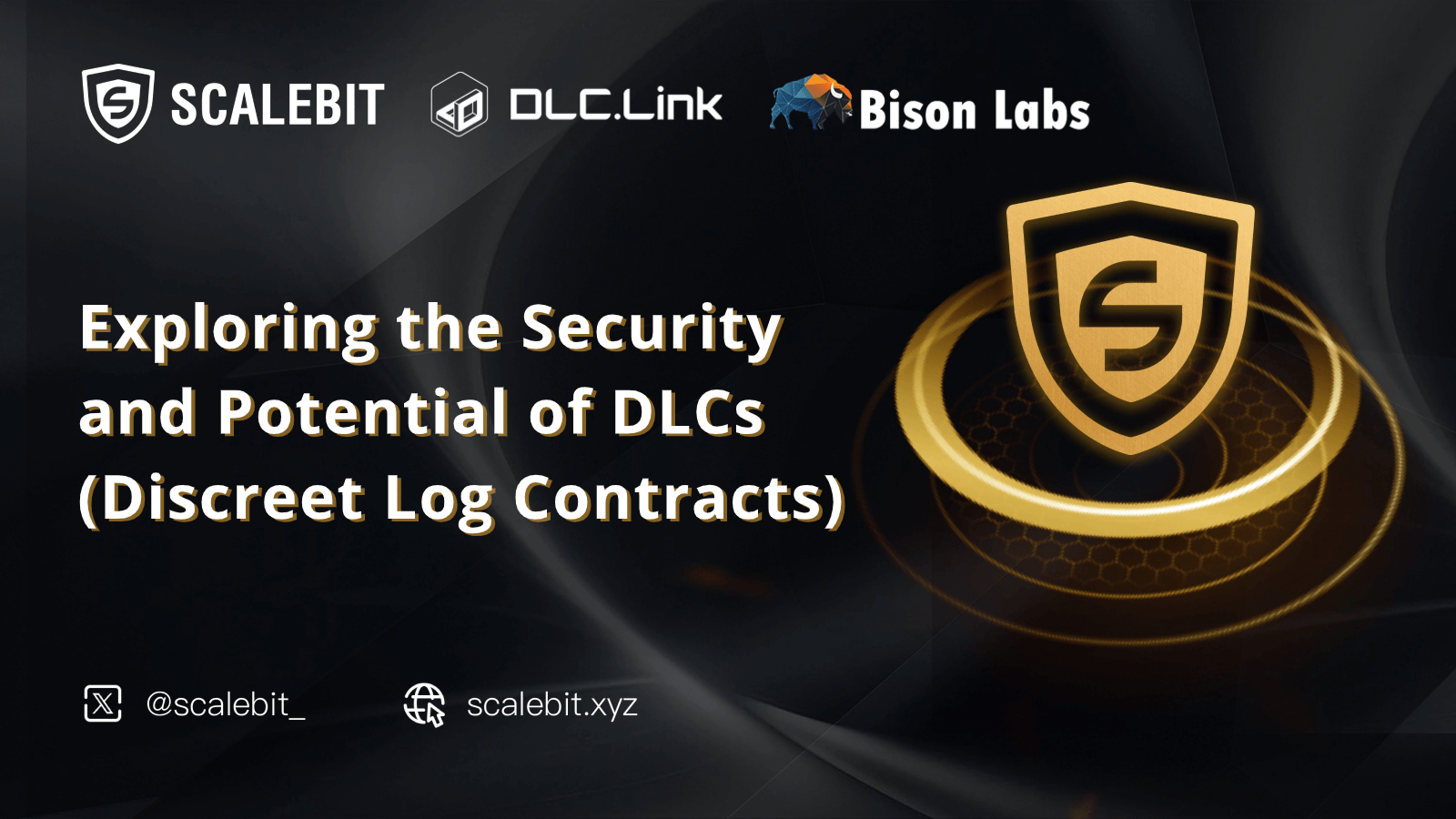



 165
165

 -
-

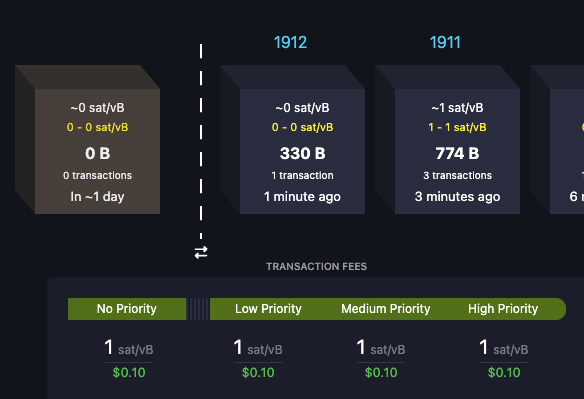



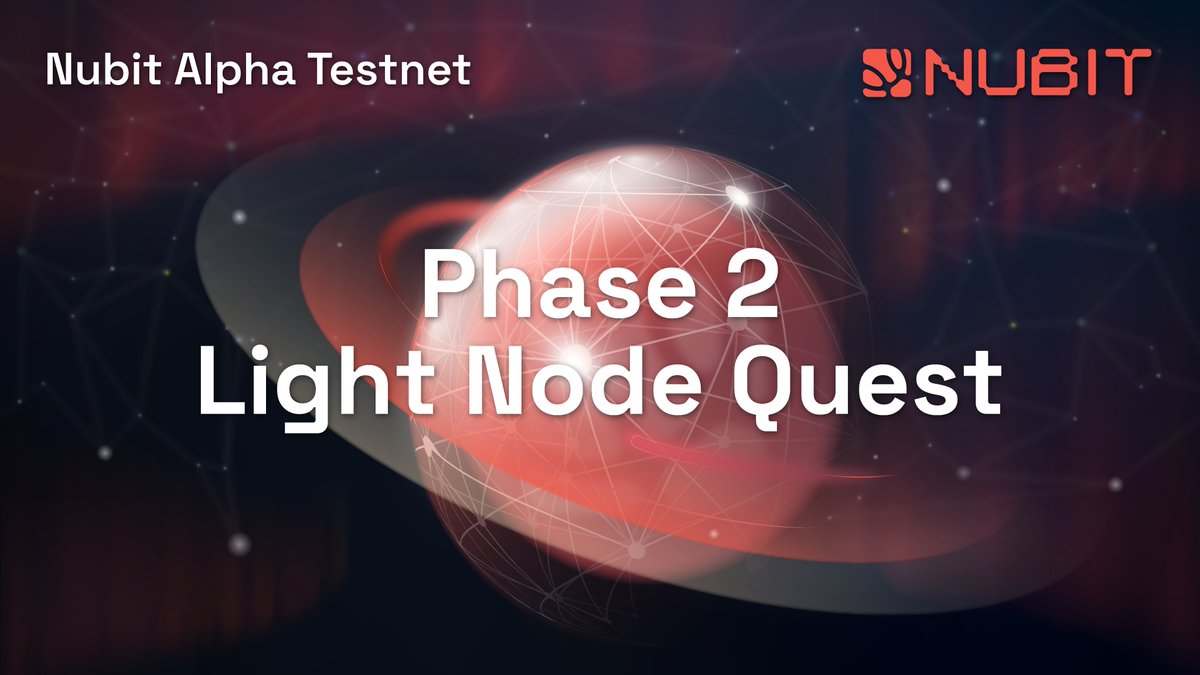








 We are excited to announce our early Ecosystem and LN Alliance partners—
We are excited to announce our early Ecosystem and LN Alliance partners—  These initiatives represent a significant step forward for the
These initiatives represent a significant step forward for the  Read the full details:…
Read the full details:…






 Introducing
Introducing 
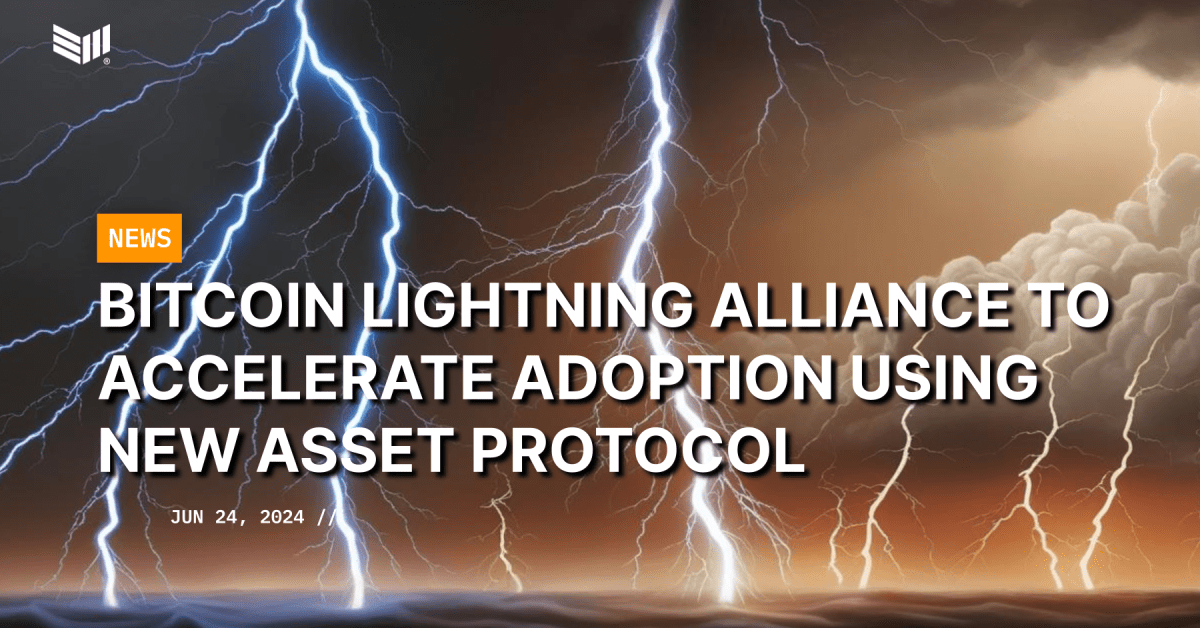

 We’re thrilled to announce that we’re rebranding from Portal DeFi to Portal to Bitcoin. We will now laser-focus on becoming the premier gateway for seamless
We’re thrilled to announce that we’re rebranding from Portal DeFi to Portal to Bitcoin. We will now laser-focus on becoming the premier gateway for seamless 
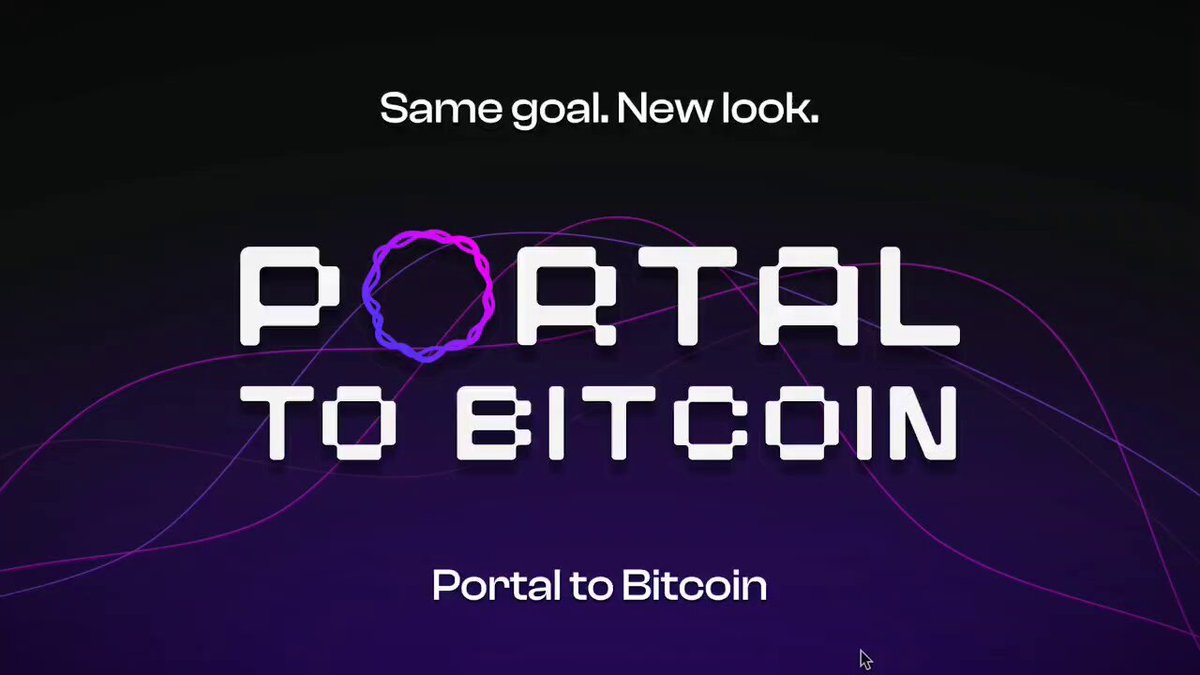

 Chakra Testnet Phase-3 is Now Live!
Chakra Testnet Phase-3 is Now Live! Explore the Chakra Staking dApp:
Explore the Chakra Staking dApp: 


